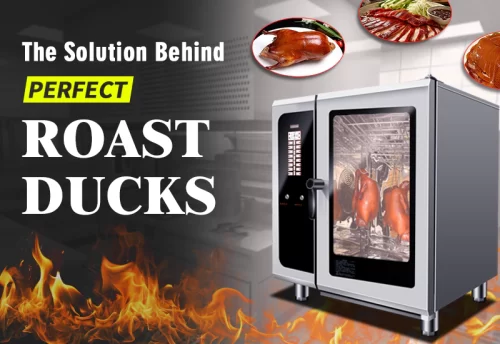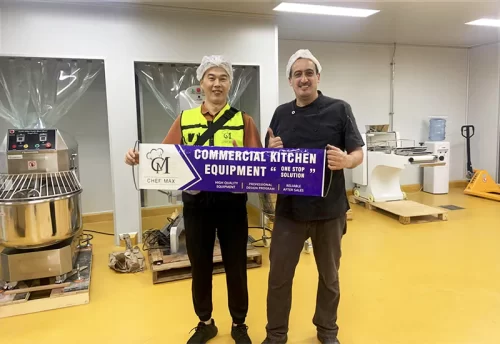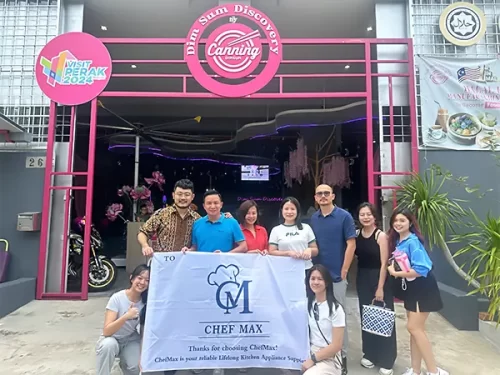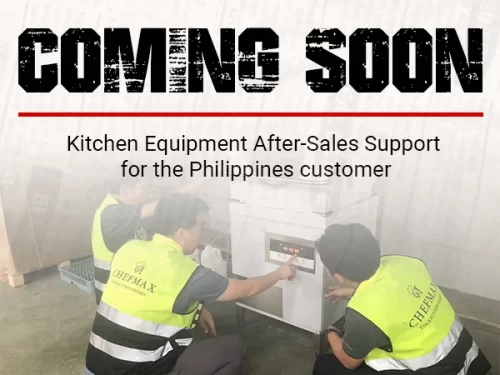How to Choose the Right Commercial Induction Cooker
The benefits of commercial induction cooker are clear, providing an efficient and safe cooking experience. If you’re considering buying an induction cooker or would like information, this article can help you learn more about these machines that use induction heating, including how they work, what types they are and how to choose one.
1. The working principle of commercial induction cooker
Simply put, induction cooker is through the alternating current constantly changing the magnetic field, so that the iron pot in the electron friction heat. Unlike gas stoves that use open flame and electric range to heat the panel first and then transfer the heat to the pot, induction stoves directly heat the iron pot, so the use of the process does not produce open flame and combustion exhaust, and can achieve the highest thermal efficiency.

2. Identify your reasons for choosing a commercial induction cooker
To help you weigh in after understanding induction cookers, we’ve briefly listed their advantages and disadvantages.
Advantages:
• Fast heating. It only takes 30s to reach a cooking temperature of over 300°C.
• High safety factor. Compared to gas ranges, commercial induction cooker do not have the risk of gas leaks and combustion risks associated with open flames, and compared to electric
• The feature of not directly heating the panel reduces the probability of scalding and accidental burning compared to electric range.
• Maximum thermal efficiency and energy savings. The amount of heat transferred to the pan is 85% or more. With gas ranges, much of the heat escapes directly into the air, and even electric ranges can only achieve about 70% thermal effectiveness.
• Precise heating. Induction cookers can do this with sensitive sensing, helping you to heat up a dressing or chocolate sauce that needs to be simmered over minimal heat without burning, a range that other types of ranges have difficulty keeping temperatures in this range.
• Wide range of applications. Suitable for all commercial kitchens where the use of open flame is restricted: such as shopping malls, basements, railroad cars, fuel stations, airlines, etc.
Disadvantages:
• Restrictions on cookware materials, only ferromagnetic cookware can be used.
• Higher upfront costs and maintenance costs.
• Magnetic field changes have the potential to interfere with precision instruments such as pacemakers.
3. What are the types of commercial induction cookers?
A. According to the panel
Commercial induction cooker are divided into flat and concave according to the shape of the panel, and they can adapt to different types of pots and pans.
Flat induction cookers are suitable for flat-bottomed pans, so that the bottom of the pan can have the maximum area in contact with the panel to achieve the best heating effect. For many restaurants, they are used to using woks with semi-circular bottom, when concave induction cooker is suitable to increase the contact area and smoothly place these pots and pans with uneven bottom.
B. According to the size
According to the size from large to small is divided into: vertical, tabletop, embedded.

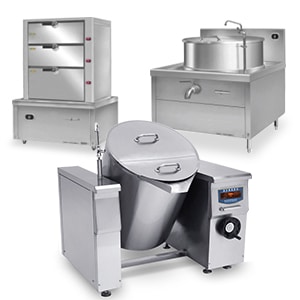
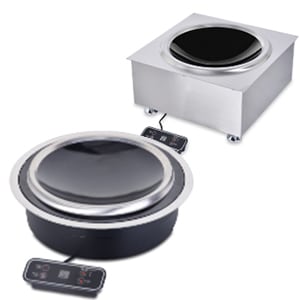
Vertical induction cooker is larger, placed on the ground, used in restaurants that need to make a large number of dishes, this type of commercial induction cooker can have a larger size heating area or multiple burners, suitable for factories, medium and large restaurants, corporate and school canteens, hotels, ships, etc.
Vertical induction cookers can be subdivided into many types according to their use, whether it is a stir fryer, steamer, soup stove, griddle, fryer, stir fryer, all stoves that need to provide a heat source for heating have induction types, and you can purchase or upgrade induction cookers exactly according to the type you need. Most vertical induction cookers come with fixed-shaped pots and pans and tend to be semi-automatic or fully automatic.
Countertop induction cookers can be placed on a countertop and are used in kitchens where a small amount of food is cooked or where space is compact. Again, there are various classifications depending on the use: teppanyaki, fryer, steamer, pasta cooker, griddle, small fryer, etc. They are easy to carry and connect to a power source, so in addition to kitchens, they are also very suitable for food trucks and roadside food stands.
Built-in induction cookers can be nestled into the countertop, leaving only the heating panel, and sometimes the control panel is separated from the main body and is mounted on the side of the table. In addition to being common in homes, they are used in commercial scenarios in some self-service food restaurants for customers to select food and then heat it themselves.
4. How to choose the right commercial induction cooker for restaurants?
According to their own situation
A. How to determine the power
The higher the power, the faster the heating speed. If you only need to do ordinary cooking, 3-5KW induction cooker can meet the demand, while if you want to stir-fry with more fire power or boil a lot of water and soup faster, 6KW or more power stove is the best choice.
If you need to choose the power according to the boiling time, you can check the formula.
Power (KW) = 6.3 × water volume (KG) ÷ required time (min)
Then, such as the requirement to boil 40KG of water in 30min, you need 6.3 × 40 ÷ 30 = 8.4KW power.
B. Choose the right cookware
In addition to induction cookware that can be adapted to different heating panels according to the shape of the bottom of the pot, you should also pay attention to the fact that you can only use pots and pans with ferromagnetic properties, otherwise they cannot generate heat. Copper, aluminum, ceramic materials are not applicable. You can use a magnet to test, if the magnet adsorbs in the bottom of the pot to prove that it can be used, otherwise you need to purchase another iron pot.
C. Portability
Countertop commercial induction cooker are more portable than other types, you can move them frequently outdoors and indoors to suit your business, they are perfect for food trucks and roadside food stands, and they are easy to move around in the kitchen. If you want to achieve the portability mentioned above, the weight of induction cookers should also be taken into consideration. Even though heavier units can bring more sturdy and smooth support, they are not easy to carry.
D. About the number of burners
Induction cookers can have 1, 2, 4, 6 and more burners, and the size and panel shape of each burner can be specified. If your kitchen needs to handle multi-threaded tasks or has multiple cooks who need to cook at the same time, an induction cookers with multiple burners is the best choice.
However, when choosing multiple burners pay attention to the distance between them and the size of your pots and pans. Generally speaking multiple burners side by side can only hold smaller pots and pans, so if you are using large frying pans, be sure to choose an induction cookers with a larger heating panel and distance between them.
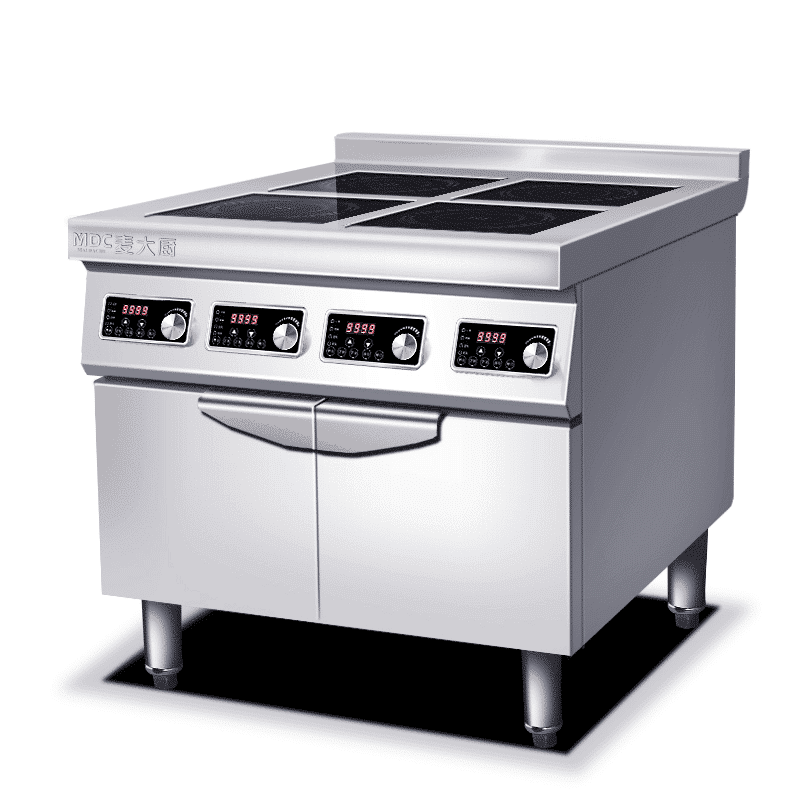
About the quality of the equipment
A. How to judge the quality
Commercial induction cooker are manufactured using stainless steel plates and glass-ceramic (you won’t see these heating panels in floor-standing units with their own pans), usually 201, 304 stainless steel and 430 stainless steel, but also aluminum plates as the bottom plate to improve the cost performance, the higher the power the higher the thickness of the glass-ceramic and overall plates required.
In addition to the more complex coils and circuit systems, it is difficult to see the quality directly, you can choose a trusted supplier and ask them to provide a full set of quality certificates. Generally speaking, pure copper coils and 201 and 304 stainless steel are of better quality.
B.Waterproof
For induction cookers, waterproof design is reflected in all aspects. First is the interface between the glass-ceramic panel and the main sheet, and second is the baffle above the rear heat sink, from which spilled water or soup is most likely to enter the interior of the unit and cause malfunction. Generally induction cookers are tested for water resistance before leaving the factory, but inferior equipment is difficult to do so, so be sure to get confirmation and follow-up coverage from your supplier.
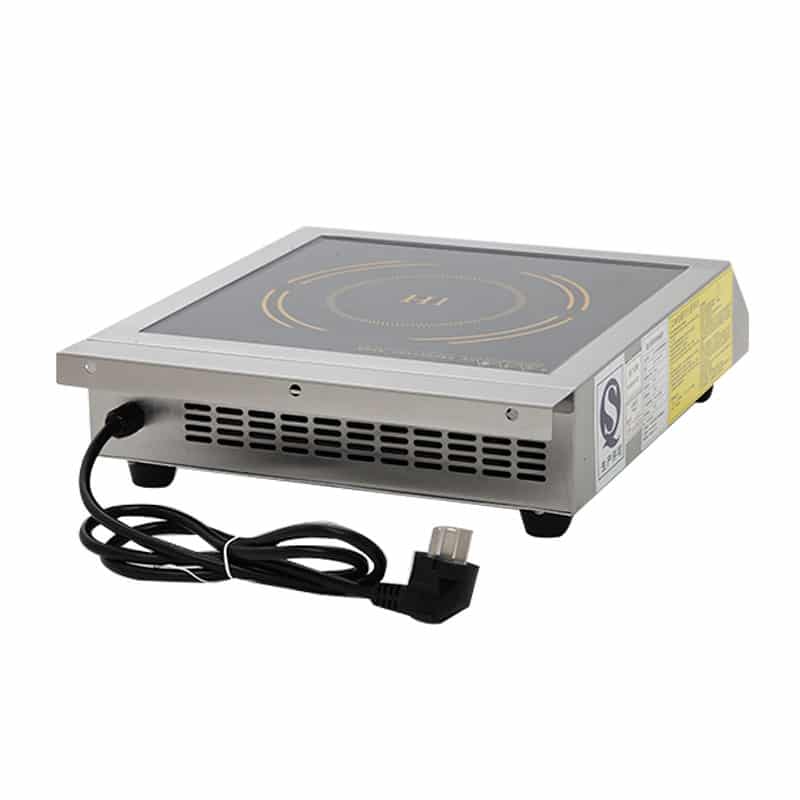
C. Warranty
No matter what kind of equipment you purchase, please confirm the warranty with the supplier. Some suppliers will give you replaceable wearing parts, or you can purchase your own wearing parts to avoid affecting the business when the equipment breaks down.
For functional requirements
A.Control panel
Induction cookers have control panels such as knobs, buttons, magnetic toggles, touch screen displays, etc. Touch screen panels are clear, but they are more expensive and not adapted to the needs of commercial kitchens. The principle of choosing the control panel is the simpler the control method the lower the failure rate, and the maintenance is also simpler, you can also choose according to the chef’s habits.
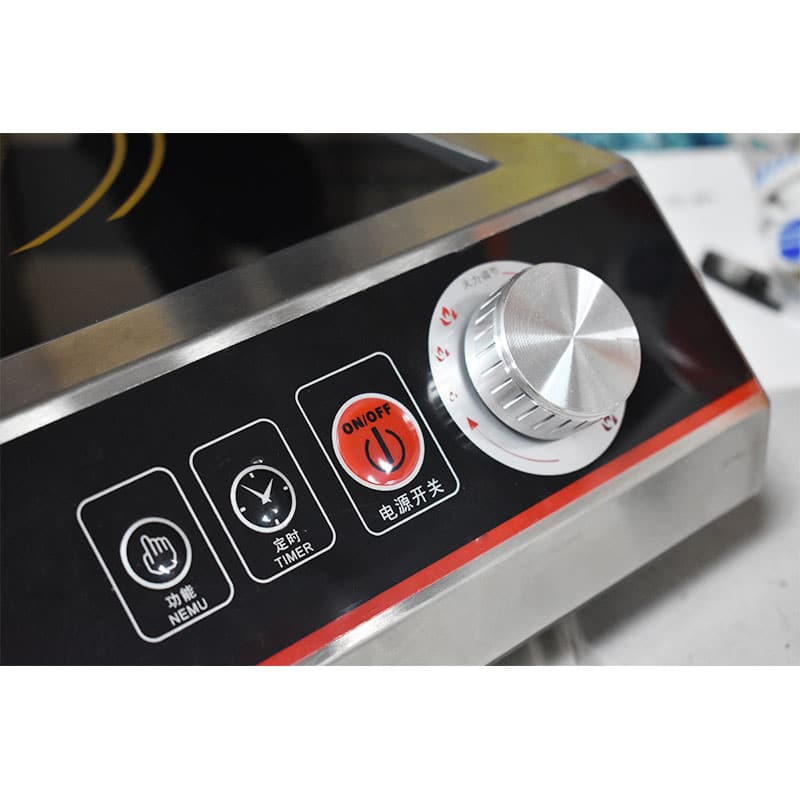
B. Timing and menu
In addition to accurate temperature control, timer and menu editing functions are also considered. Timing function is usually between 1-99min, some commercial induction cooker can even do 24h range of timing and reservation. Edit menu is designed to increase the experience of use, specifying the cooking time and temperature for each ingredient, which helps commercial kitchens to improve cooking efficiency and run the program set in advance with one click, without having to repeat the adjustment every time you cook different foods.
C. Storage requirements
Some styles of vertical induction cooker can be designed with the support shelf below as a storage cabinet, and correspondingly, it will be more expensive. If you need to improve the utilization of kitchen space, you can choose induction cooker with cabinet, which is convenient for the operator to take items from the storage cabinet below at any time.
Important safety aspects
A.Pan detection function
When pots and pans are removed from the panel, the induction cooker can automatically detect and stop heating within seconds, preventing the unit from running uninterrupted if you forget to turn it off. It can automatically detect the height and will not stop heating when the cook throws up the pots and pans to stir the food evenly.
B. Small item detection function
It automatically detects iron forks, spoons and small objects dropped on the heating panel and does not activate the induction heating function for these small objects, fully safeguarding kitchen safety.
C.Fault detection system
Commercial induction cooker with this function will detect faults such as high or low voltage, pots and pans not placed on the panel, over-temperature at the bottom of the pan, etc., stop operation and sound a beep, and display the type of fault on the display for easy viewing and repair.
5. Summary
As you can see, commercial induction cooker can bring a lot of convenience and safety to the kitchen, away from open flames, exhaust emissions and heat dissipation, requiring less ventilation systems, while providing a heat output that is no less than other energy types. If you need to know more please contact Chefmax and we will provide the most professional information to help select your choice in the shortest possible time.

























